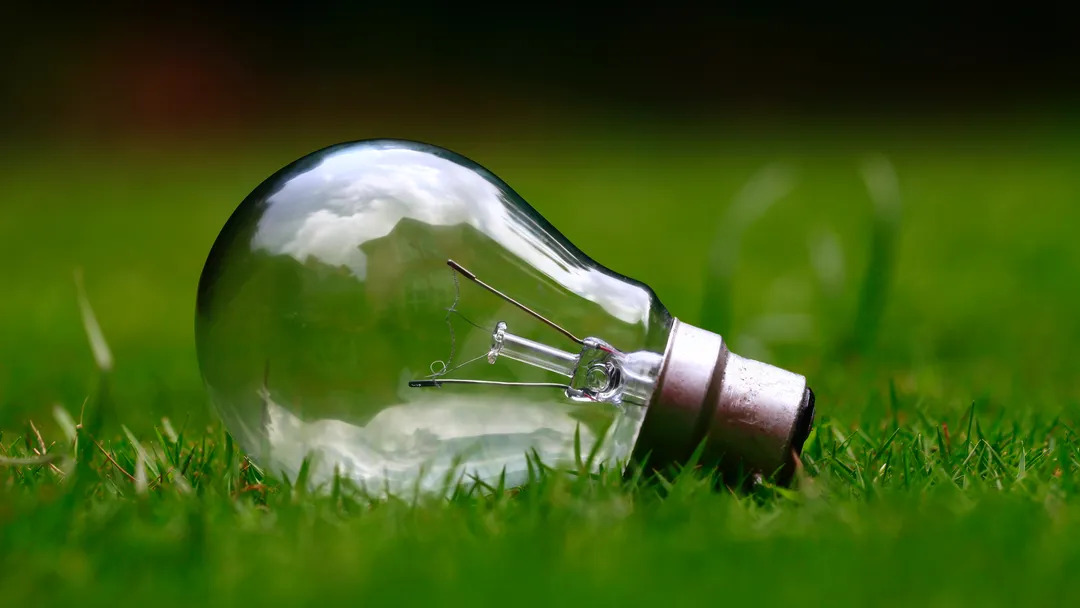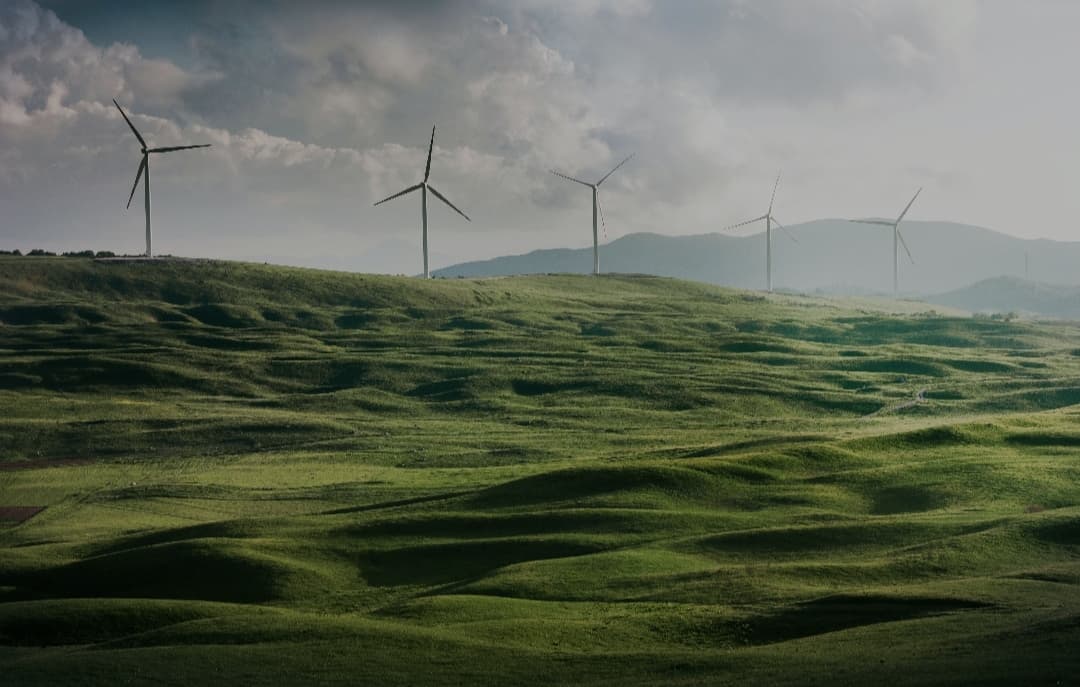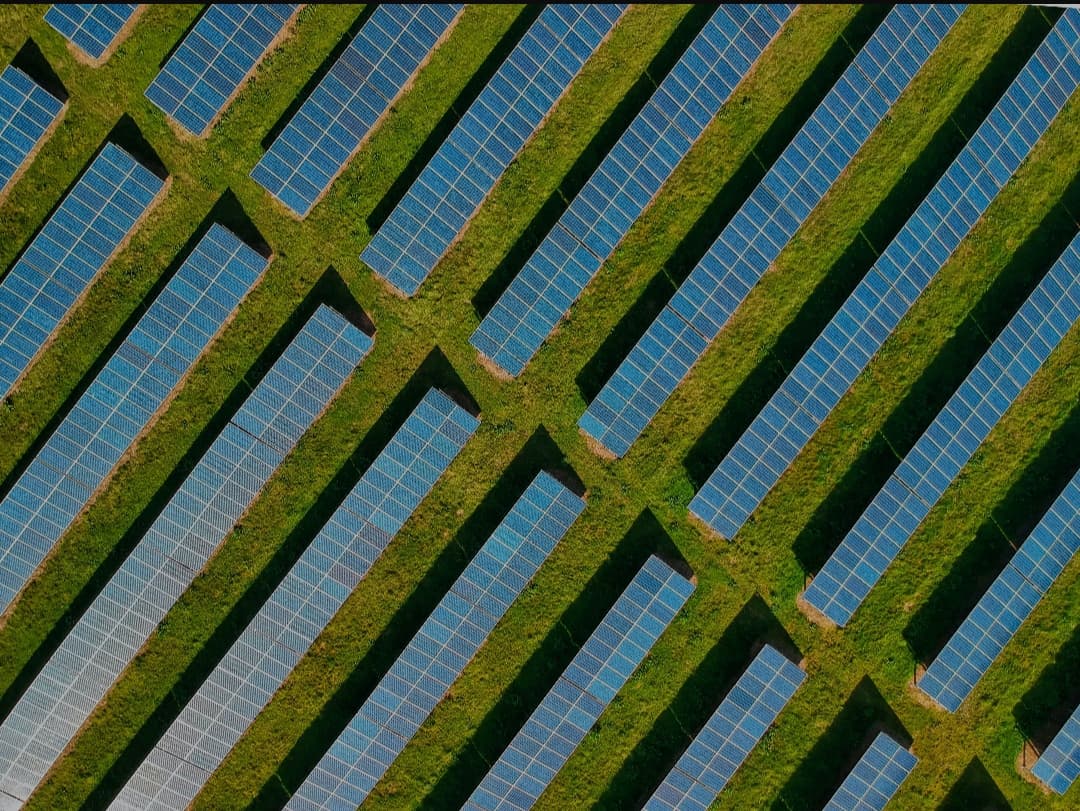
Switch to green energy
Rhiannon Barriball
Senior Communications Executive at Good Energy and climate advocate
Everything You Need to Know About Energy — From the Crisis to Greenwashing.
Over the last couple of years, the topic of energy has been hard to ignore. From soaring bills to global supply issues, the "energy crisis" has been making headlines. But what exactly is it, how did it happen, and what does it mean for our future—especially when it comes to going green?
Let’s break it down.

Understanding the Energy Crisis
The energy crisis kicked off in mid-2021, when gas prices on the wholesale market began to climb rapidly. Several factors contributed to this:
- Gas shortages: Much of Europe depends on Russian gas. When demand in Asia spiked, European access declined.
- Less wind power: A particularly calm season led to lower-than-expected renewable output.
- Maintenance issues: Several power stations were offline for repairs at the end of 2021.
Then came the war in Ukraine in early 2022, which intensified the problem. Russia—a major exporter of gas, grain, and fertilizer—was hit with sanctions, and energy supplies across Europe were disrupted. UK farmers also faced difficulty sourcing fertilizer and grain, leading to broader supply chain pressure.
Even anaerobic digesters, which rely on food waste and agricultural by-products to generate electricity, were affected—pushing prices even higher.
By mid-2022:
- Gas prices for the following year had quadrupled
- Power prices had more than tripled
And while some of those spikes have since cooled, volatility in global energy markets continues in 2025.

Why Do Gas Prices Impact Renewable Energy?
It might sound odd, but even renewable energy prices are influenced by gas. Here’s why:
In the UK, electricity prices are typically set by the last generator to come online—and that’s usually a gas-powered plant. So, even if solar or wind is much cheaper to produce, prices follow the cost of gas when supply is tight.
Despite renewable energy becoming significantly cheaper over the past 15 years, our market system means the price you pay doesn’t always reflect that. Unless we undergo major reform to separate green power from fossil fuels on the grid, prices will continue to rise and fall with gas.
What Happened to Energy Suppliers in 2021–2022?
Nearly 30 UK energy companies collapsed in 2021. Why? The government’s price cap (set by Ofgem) was lower than the actual cost of buying energy. This forced many suppliers to operate at a loss.
Some companies tried to stay afloat, including those with green tariffs, but simply couldn’t survive. Since then, the cap has been adjusted quarterly, and by October 2022 it had risen to nearly £2,800. Support packages like the £400 energy discount were introduced to help households cope.
When a supplier goes bust, customers are transferred to a new company under Ofgem’s Supplier of Last Resort process. These new suppliers often buy energy at high prices and take on customer account setup costs, which are passed on to all users through bill increases.
What Is Greenwashing in Energy?
Greenwashing is when companies mislead consumers into thinking their energy is renewable—when it isn’t.
A common trick involves using REGOs (Renewable Energy Guarantees of Origin) to make electricity appear green. Here’s how it works:
- A supplier buys standard (often fossil-fuel) power from the market.
- They also buy REGOs from renewable sources.
- This allows them to legally label their dirty electricity as "green."
This loophole means consumers who believe they’re helping the planet may unintentionally be supporting fossil fuels.
A study by Good Energy found that 65% of people would switch to a genuine green supplier if it supported the net-zero transition. But without transparency, many are misled.
How to Spot a Truly Green Energy Supplier
To avoid greenwashing, here’s what to look for:
- Uswitch Green Accreditation: Suppliers are rated based on how genuinely green their tariffs are. "Gold" means 100% renewable power sourced via direct contracts (PPAs), not just REGOs.
- Check the supplier's website: Look for a clear energy mix—solar, wind, hydro, or biogas.
- Ask questions: Call or email and ask where their energy comes from. They should be able to explain it, and offer tips to help you reduce energy usage—like installing a smart meter or choosing the right tariff.
Who Are the UK’s Most Reliable Green Suppliers?
In 2025, several UK companies stand out for their commitment to real renewable energy:
- Good Energy: All tariffs are accredited Gold Standard by Uswitch. Electricity is bought directly from UK generators, and gas includes at least 10% green gas with the rest offset.
- Octopus Energy
- Ecotricity
- Green Energy UK
- OVO Energy (note: not all tariffs are equally green)
Still, it’s always worth doing your homework.
Why Should You Switch to Renewable Energy?
Switching to a green energy provider is one of the easiest and most impactful ways to reduce your carbon footprint.
In the UK:
- Over 40% of electricity now comes from renewable sources, and this is growing.
- More demand means more investment in clean tech.
- Local generation reduces reliance on unstable international markets (like Russia).
- Renewable power from wind, solar, and hydro is zero-emissions and more cost-effective over time.
Plus, lower emissions = lower climate impact. It’s a win-win for your wallet and the planet.
Bottom line: If you're looking to support a cleaner, more resilient energy system—start by switching to a truly green supplier. Transparency, accountability, and demand are what will power the transition to a fairer and more sustainable future.